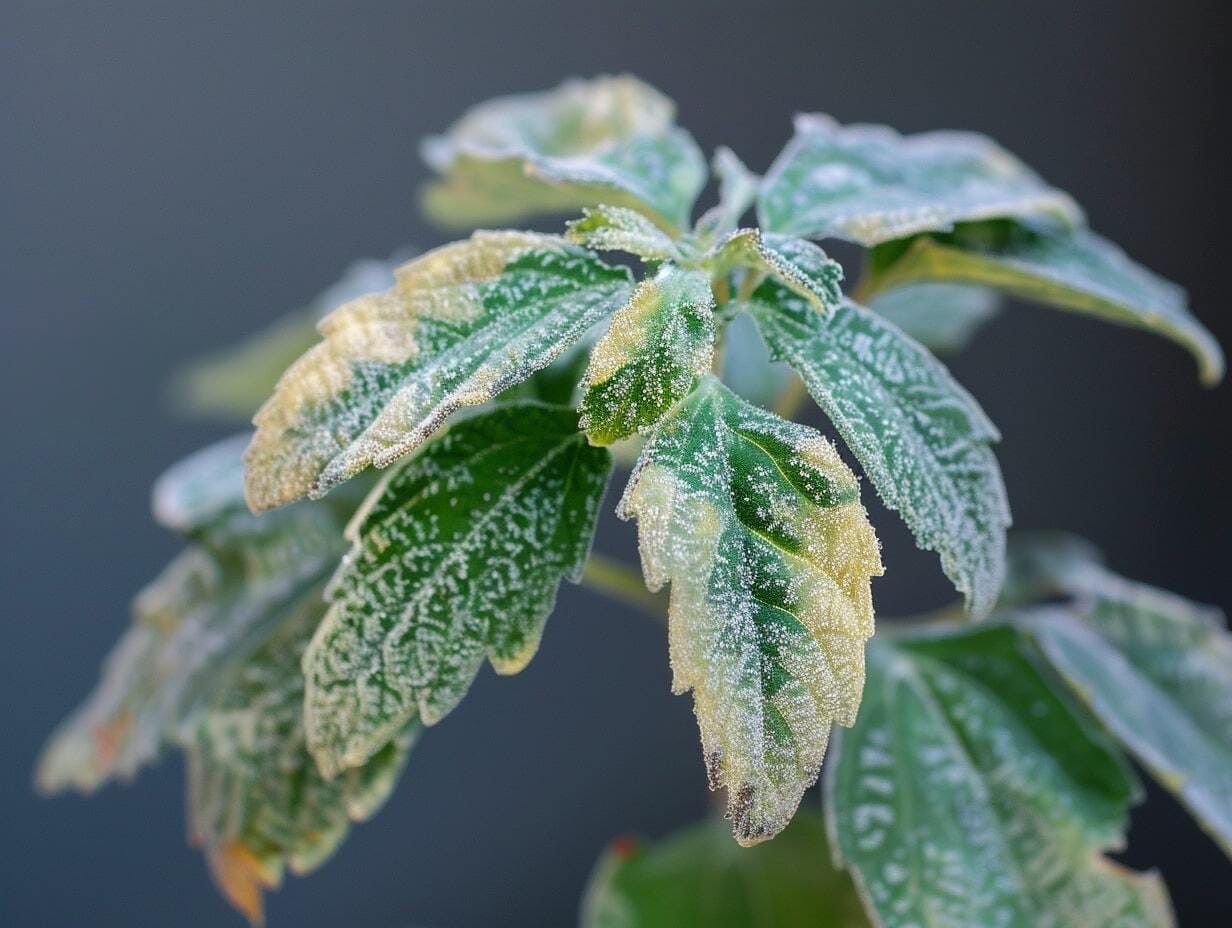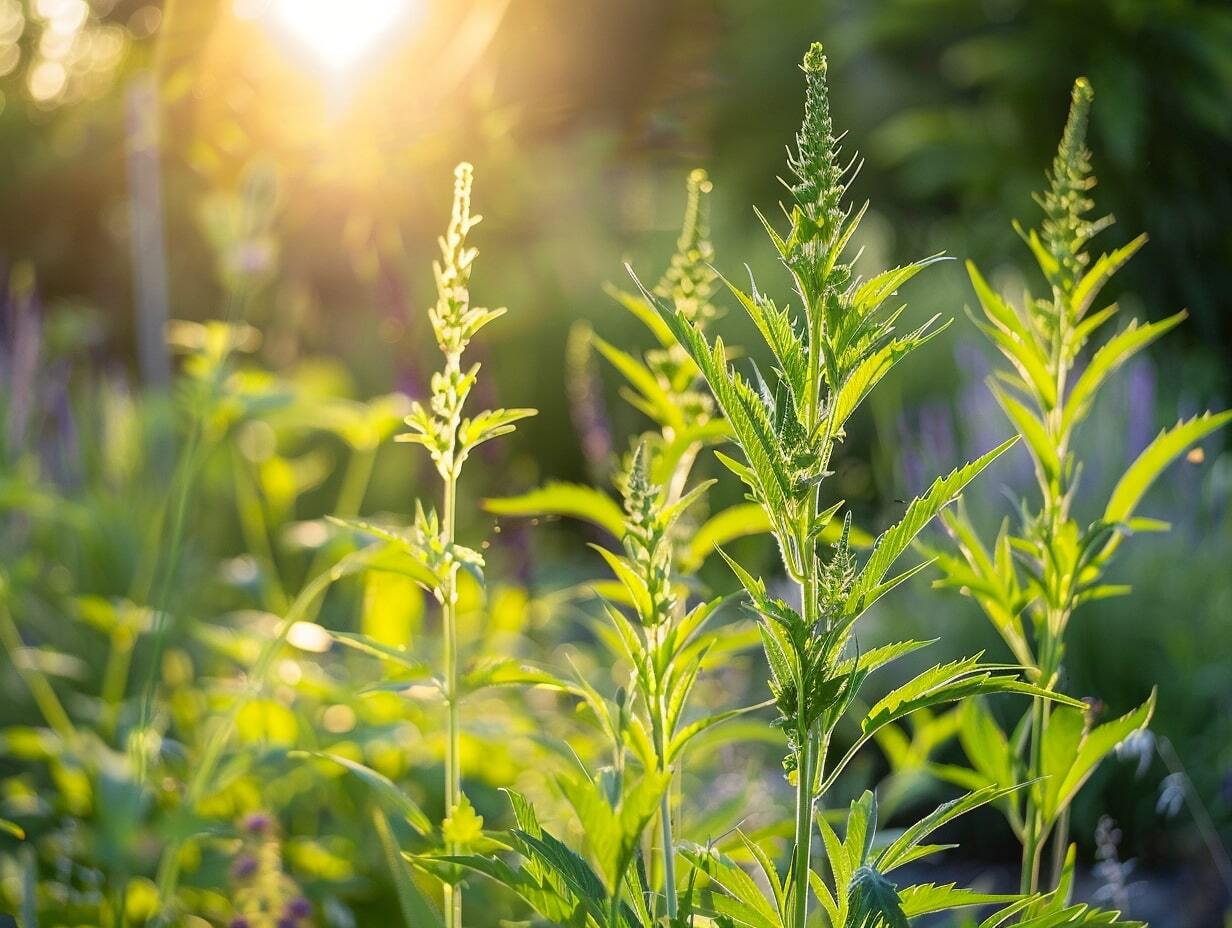When you buy products via links on our website, we might receive an affiliate commission. Learn more
Beware! Hidden Garden Dangers and How to Avoid Them

Embarking on garden care not only transforms your backyard into a delightful sanctuary but also introduces certain risks that often go unnoticed. Each planting season brings with it a myriad of hidden dangers — from toxic plants to heavy metals — that can threaten both your garden’s vibrancy and your health.
Understanding these hazards is essential to creating a safe and flourishing garden. This guide will provide you with the necessary knowledge to preemptively tackle these garden dangers.
Toxic Plants: Nature’s Hidden Hazards

While many plants add beauty and life to a garden, some popular varieties can pose serious health risks. For instance, the stunning foxglove is highly toxic if ingested, and even the leaves of the common rhubarb plant can be poisonous.
Symptoms of poisoning can range from mild irritation to severe digestive distress or even fatal outcomes.
SAFETY TIP:
To ensure safety, always wear gloves when handling these plants, educate yourself and others about the risks, and consider their placement, especially if children or pets frequent your garden.
Pesticides and Chemicals: Necessary but Risky

Gardeners often turn to pesticides and fertilizers to encourage lush growth and keep pests at bay.
However, these chemicals can be detrimental to human health, causing issues ranging from skin irritations to more serious conditions like neurological disorders upon prolonged exposure.
SAFETY TIP:
Instead of relying heavily on these substances, explore organic gardening practices.
For example, using neem oil as a natural pesticide or encouraging beneficial insects like ladybugs can help maintain a healthy garden without the risks associated with synthetic chemicals.
Invasive Species: Unwanted Guests

Invasive species such as kudzu or Japanese knotweed can quickly overrun your garden, choking out native plants and disrupting local ecosystems. These aggressive plants can be difficult to control once they establish themselves.
SAFETY TIP:
To combat this, learn to identify potential invasive species in your region and avoid planting them.
If they are already present, use recommended methods such as physical removal or environmentally safe herbicides to manage their spread.
Disease and Pest Infestations: Silent Killers

Gardens are susceptible to various diseases and pests that can stealthily destroy vegetation. Common ailments include powdery mildew, aphids, and root rot.
SAFETY TIP:
Early detection is key to managing these issues—watch for signs like unusual leaf spots, weak stems, or slow growth.
Employ preventative measures such as rotating crops, using disease-resistant plant varieties, and applying organic fungicides or insecticides when necessary.
Weather and Environmental Factors: Uncontrollable but Predictable

Your local climate plays a crucial role in the success of your garden. Extreme weather conditions — such as frost, excessive rainfall, or drought—can stress plants and even lead to their demise.
SAFETY TIP:
Understanding your climate zone can help you select appropriate plants and prepare for adverse weather.
Implement strategies like mulching to retain soil moisture, using row covers to protect from frost, and constructing proper drainage systems to handle heavy rains.
Contaminated Soil: The Unseen Threat

Many gardeners overlook the potential for soil contamination, which can stem from previous industrial use, pesticide overuse, or even proximity to old painted structures containing lead.
Exposure to contaminated soil can lead to a variety of health issues, ranging from minor skin irritations to serious conditions like neurological damage, depending on the type of contaminant.
SAFETY TIP:
Test your soil for common contaminants — kits are available for home use or through local extension services.
If contamination is detected, strategies such as removing the contaminated topsoil, using raised beds with clean soil, or planting phytoremediating species can be effective.
Allergens and Pollens: The Invisible Irritants

Gardens can be hotspots for allergens, with plants like ragweed, certain grasses, and flowering trees contributing to seasonal allergies.
While it’s impossible to create an allergen-free garden, selecting low-pollen plants and designing your garden to minimize wind exposure can help reduce the presence of allergens.
SAFETY TIP:
Regularly checking pollen forecasts and planning gardening activities for times when pollen counts are low can also help alleviate symptoms for those sensitive to allergens.
Heavy Metals in Fertilizers and Amendments: A Toxic Mix
Some fertilizers and soil amendments may contain heavy metals like cadmium and lead, which can accumulate in the soil and eventually in the plants you grow, posing health risks when consumed.
SAFETY TIP:
To safeguard your garden, opt for organic fertilizers and amendments, or those specifically labeled as low in heavy metals.
Regular soil testing can help monitor levels of heavy metals and guide in choosing the right products for your garden.
Garden Tools and Equipment: Hidden Hazards
Incorrect use of garden tools and machinery can lead to accidents, ranging from minor cuts and bruises to more severe injuries.
SAFETY TIP:
To prevent such incidents, always use tools for their intended purposes and wear appropriate safety gear, such as gloves and eye protection.
Regular maintenance of tools to keep them sharp and rust-free, and proper storage practices, can also reduce the risk of accidents.
